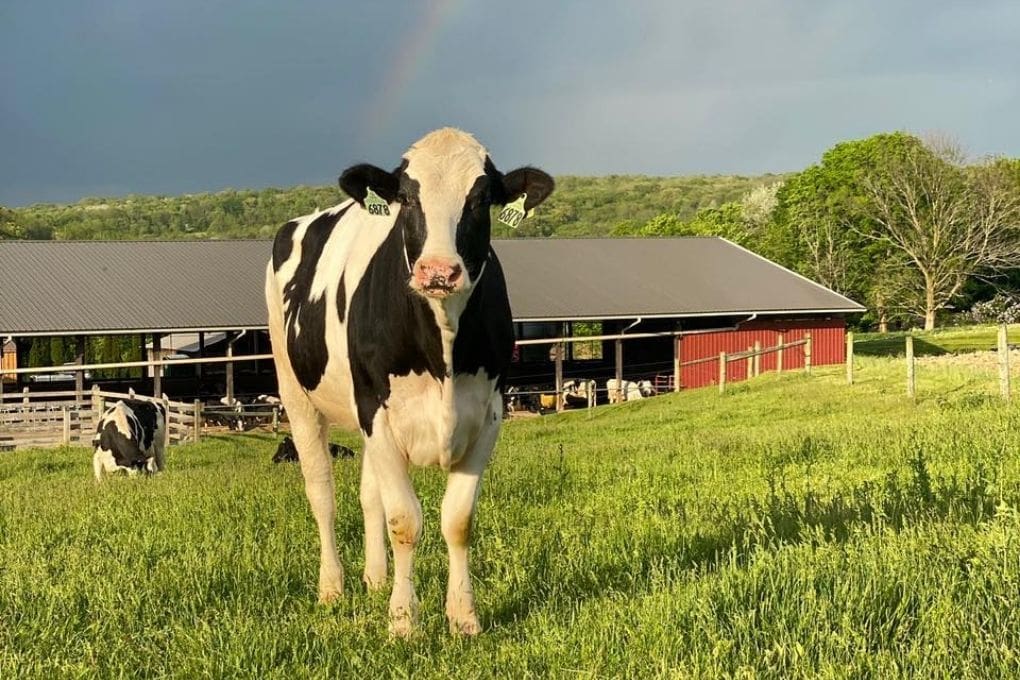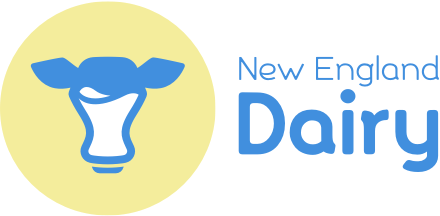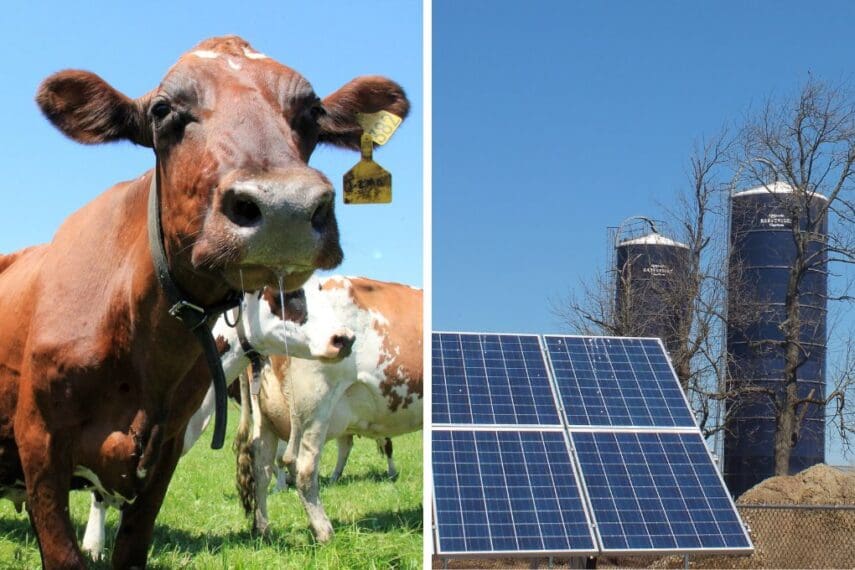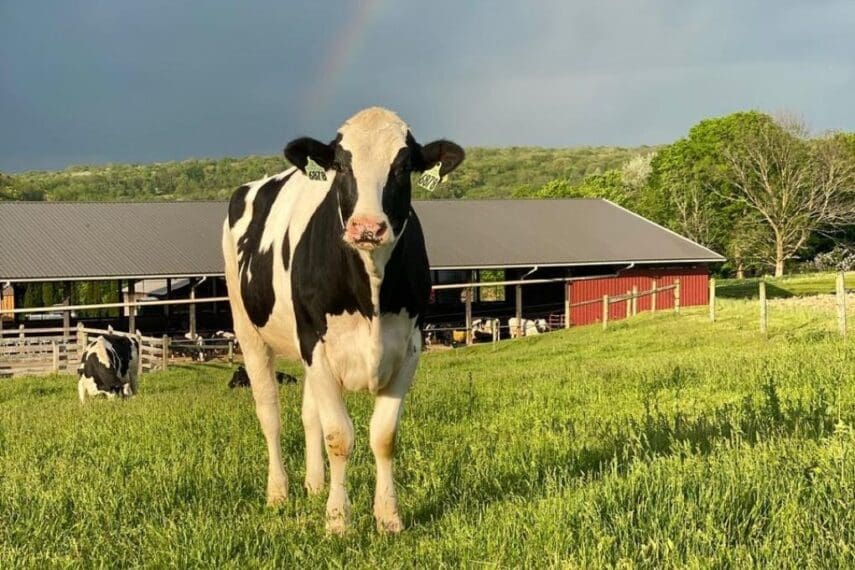
Regenerative agriculture is one way to describe farming practices that are focused on improving soil health and restoring the environment. One notable initiative that supports New England’s dairy farmers in this work is the Western New England Regenerative Agriculture Project, which is led by American Farmland Trust. This innovative project is helping to preserve farmland and transform how that land is used, focusing on regenerative agricultural practices to improve soil health, water quality, and pollinator habitats on New England’s dairy farms nestled along the Connecticut River Valley.
Regenerative Agriculture’s Role in Dairy Farming
Regenerative agriculture is an approach to farming that focuses on actively improving and regenerating the health of the land on our local farms. This includes transitioning cropland into pasture, preventing nutrient runoff in soil, improving grazing plans, and implementing agroforestry, which is the practice of integrating trees and shrubs into farmland for environmental benefits.
Dairy farmers don’t want nutrients to leave their fields, so they use a variety of techniques to determine the right amount of fertilizer to reduce potential nutrient runoff. Our region’s farmers have long embraced sustainable farming practices to promote healthy soil and clean water through techniques like crop rotation, cover cropping, reduced tillage, and planting buffer strips to separate fields from waterways. These practices build soil health, grow healthy crops, and protect soil and water resources, while cleaning the air we breathe.
About the Western New England Regenerative Agriculture Project
The Western New England Regenerative Agriculture Project is a collaboration between American Farmland Trust, local farmers, conservation organizations, and the USDA’s Natural Resources Conservation Service (NRCS). Funded through the USDA’s Regional Conservation Partnership Program (RCPP), the project aims to help farmers in New England to implement regenerative agricultural practices. New England Dairy is one of many partner organizations on this project.
The project provides financial and technical support to farmers looking to adopt regenerative practices on their land. The Western New England Regenerative Agriculture Project also helps farmers implement practices that promote soil health, such as planting cover crops, using rotational grazing, and improving nutrient management.
Barstow’s Longview Farm in Massachusetts is just one example of how farms are using the Western New England Regenerative Agriculture Project to support their on-farm sustainability practices. Through the project’s Microgrant Program, Barstow’s Longview Farm was able to reconfigure their pasture space, installing electric gates and an electric fence so dry cows and heifers can be on pasture in from the start of spring through the end of fall.

At Hyde’s Dairy in Connecticut, funds from this program helped support cover crop planting and no-till corn silage production at the farm.
Benefits for Dairy Farmers and our Local Communities
Dairy farmers are committed to being good stewards of our land, air, and water. By adopting regenerative practices, dairy farmers can not only address these challenges but also support the long-term viability of their farms. Research has shown that when it rains, agricultural land is much better at holding nutrients. One acre of developed land typically sends three times as much phosphorus to waterways as one acre of well-managed agricultural land.
Regenerative agriculture also helps our local communities by enhancing food security and supporting rural economies. Through collaboration, innovation, and a shared commitment to stewardship, New England’s dairy farmers are helping to create a more resilient and sustainable future for us all.



